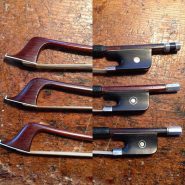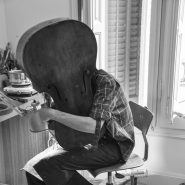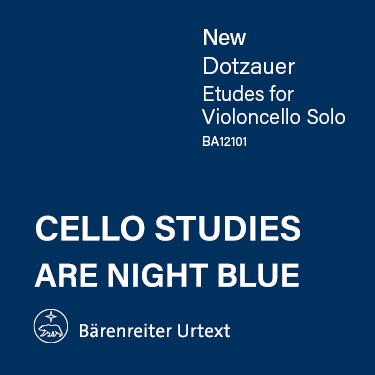
Author: Wayne Burak
Wayne combines an internationally recognized performance background with extensive experience in the string instrument trade. Specializing in cellos, his interest in the construction, adjustment, and selection of fine stringed instruments has paralleled an active career as soloist, principal cellist and chamber collaborator. Wayne attended the Eastman School of Music, receiving a B.M. in 1978 and finishing graduate work with a M.M., Performer’s Certificate, and a cello teaching assistant appointment in 1980. He performed with the Rochester Philharmonic and toured the U.S. as cello soloist with Chuck Mangione during his Graduate years. Also, he concurrently maintained a violin shop serving the needs of the Eastman community. Since then, he has become nationally regarded for his cello work and acoustical set up expertise, and was invited to address the nation’s top violin-makers at the 1981 Violin Society of America National Convention presenting a lecture demonstration on old Italian cellos. From 1982-1995, he held the position of Principal cellist of the Fort Worth Chamber and Symphony Orchestras. Wayne has taught at the Eastman School of Music, University of North Texas, Texas Christian University, and Colorado College. He regularly tours schools and universities, giving orchestral clinics, lecture demonstrations and master classes. His interest in producing professional quality replicas of old Italian violins, violas, and cellos grew out of a desire to assist all members of the string community in their search for affordable yet superb quality instruments. Currently a freelance cellist in the Dallas area, he is owner and president of Wayne Burak Music where he is assisted by his son, Nicholas. Wayne has recently introduced an internationally critically acclaimed cello line - the A.D. Hawthorne Series, which provides artist level acoustics for budget minded cellists.
To learn more about Wayne, visit his website at http://www.wayneburakmusic.com/
By Wayne Burak January 21, 2013
Subjects Instrument Care
Tags accessories, attention, bow, bow grip, bow rehair, Brazilwood, Burak, cello, cello bow, cello cases, cello strings, cellobello, computer back up, computers, fresh bow rehair, frog, frog position, humidity, instrument cases, latches, music, New Year's resolutions, organization, organization of sheet music, pearl eye, pernambuco, rock stops, rosin, sheet music, strings, tension, warp, Wayne
By Wayne Burak January 19, 2012
Subjects Instrument Care
Tags acoustics, Adjustments, alterations, bridge, Burak, cello, cello setup, cellobello, changes, fingerboard, humidity, neck angle, performance, strings, Wayne, woodworking
By Wayne Burak May 9, 2011
Subjects Instrument Care
Tags cello, cellobello, maintenance, problems
By Wayne Burak March 21, 2011
Subjects Instrument Care
Tags bows, Burak, cello bridge, cello setup, change, endpin, fingerboard, history, neck angle, pernambuco, plane, stage, strings, trends, varnish, Wayne, woodworking




